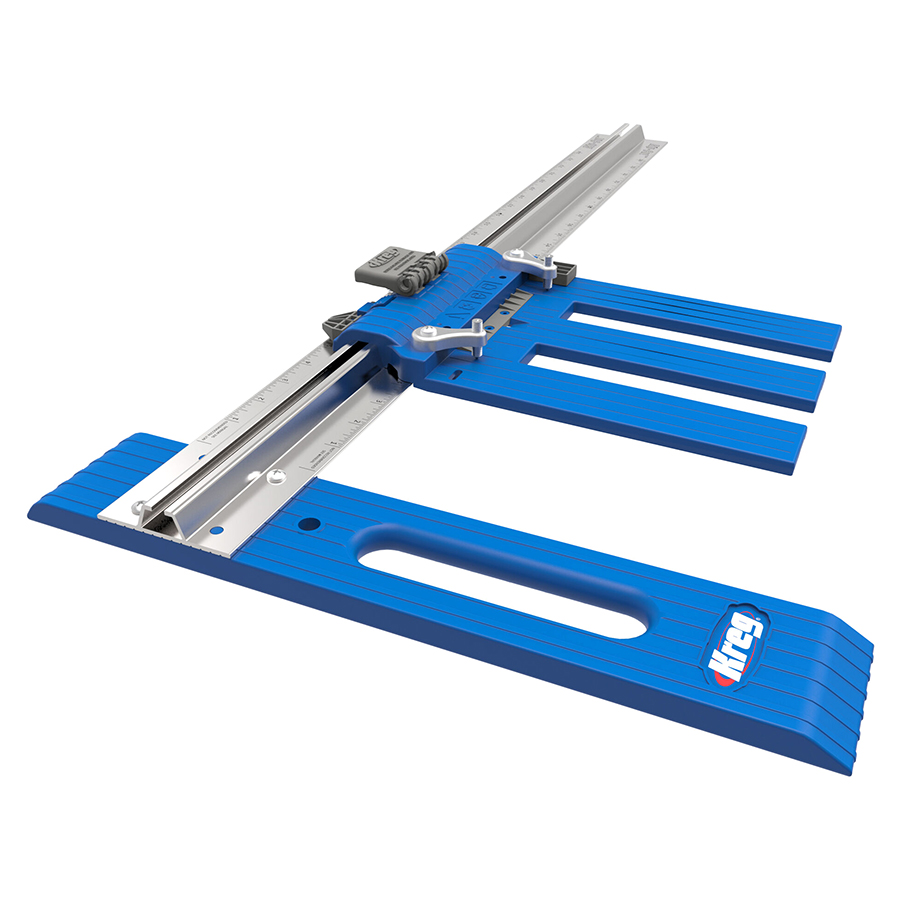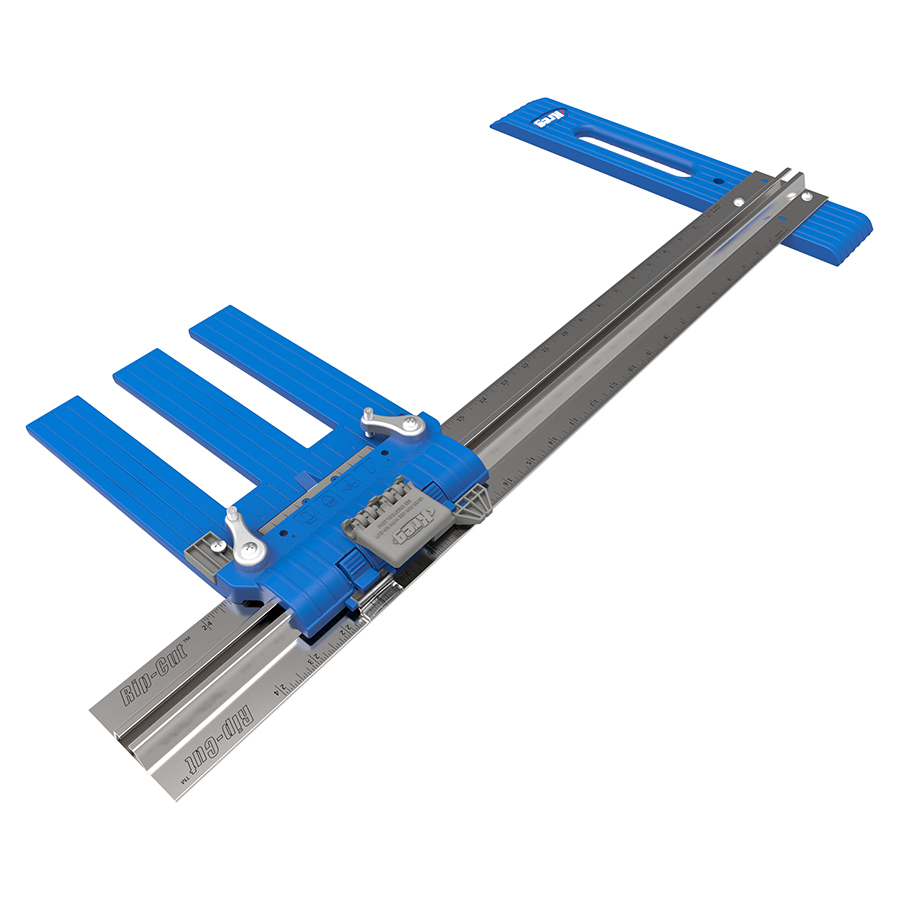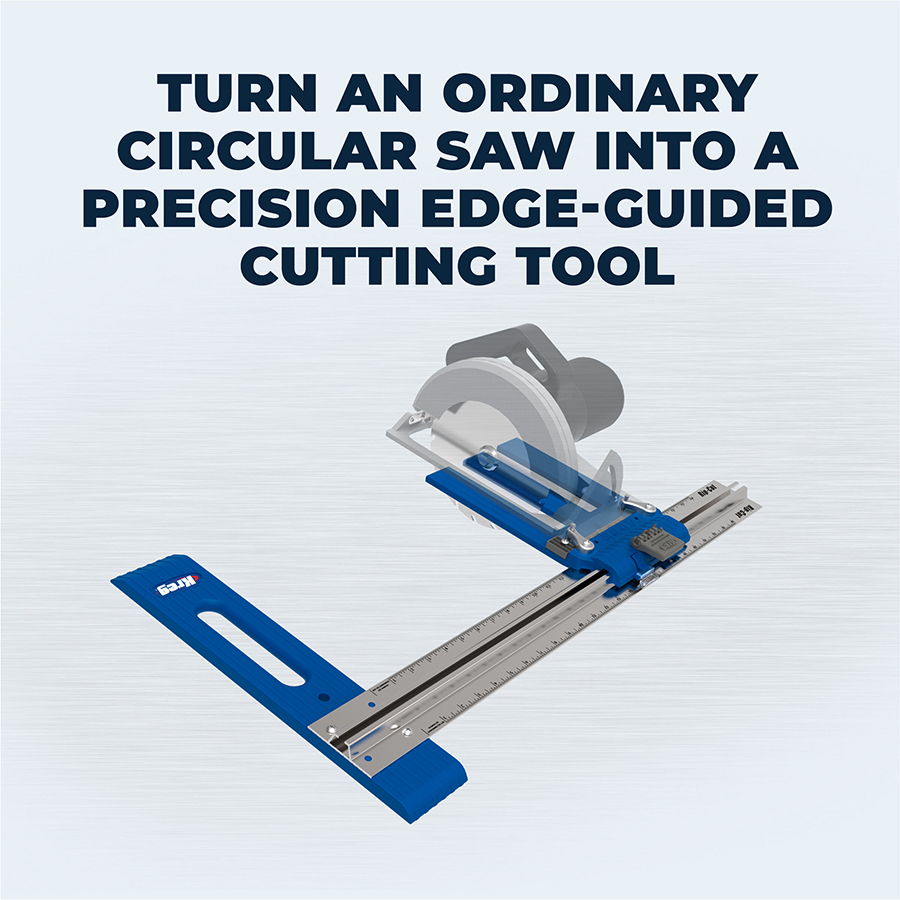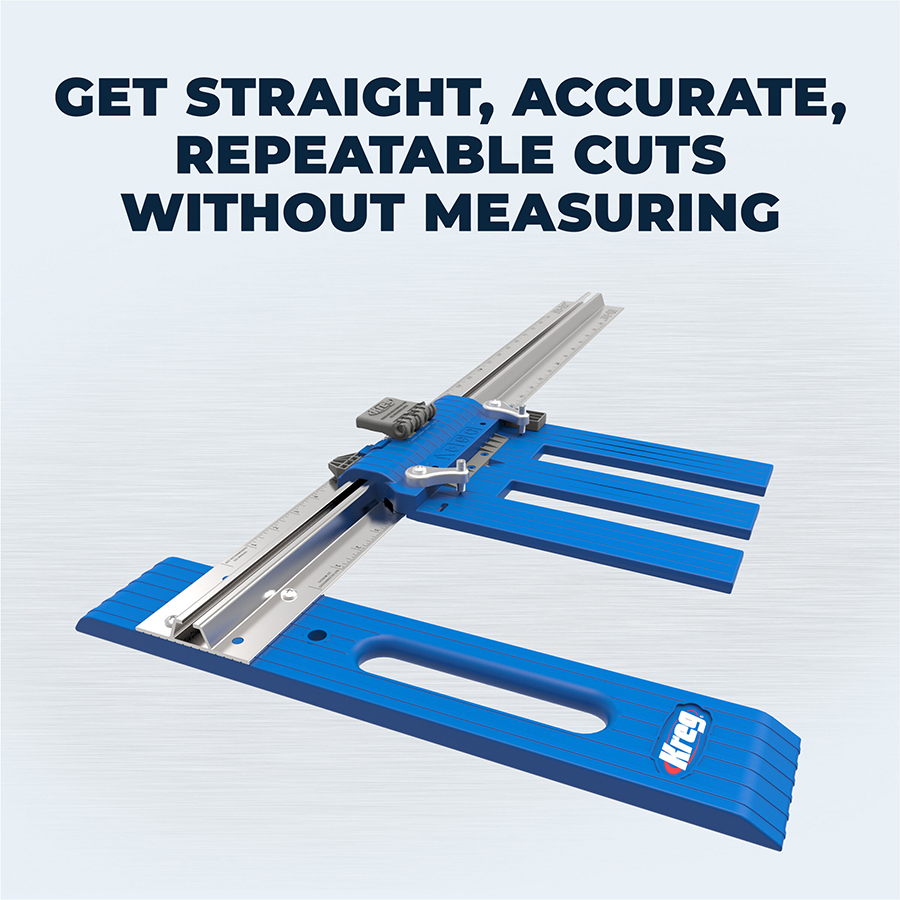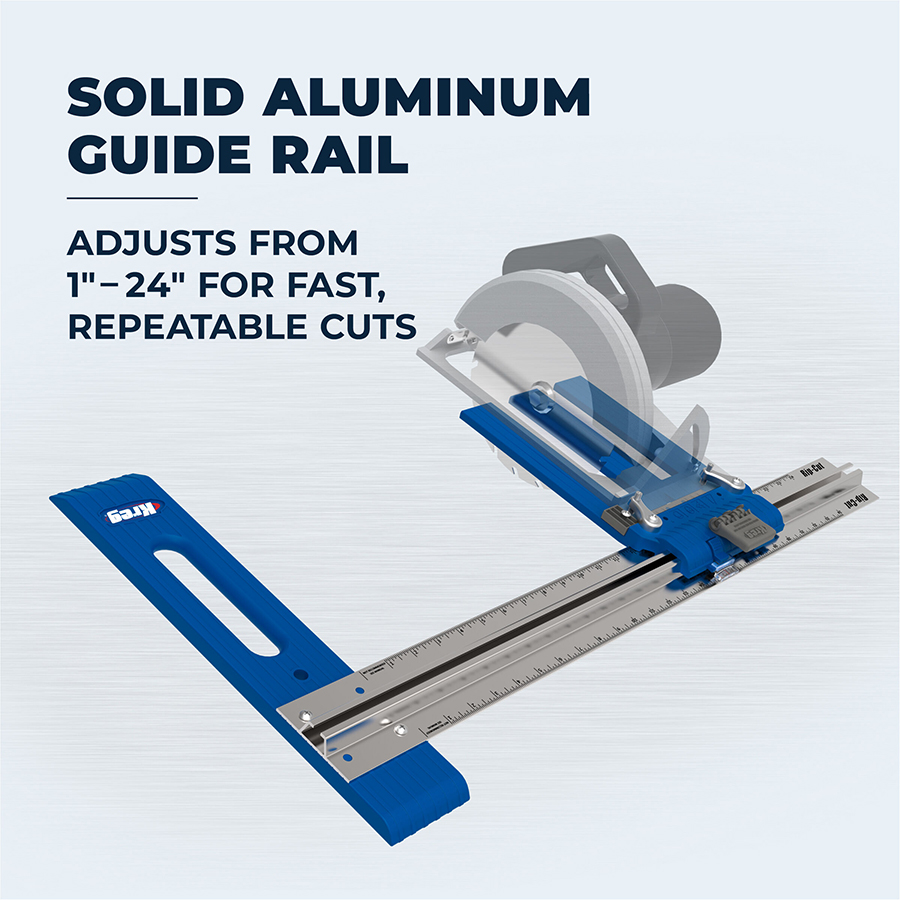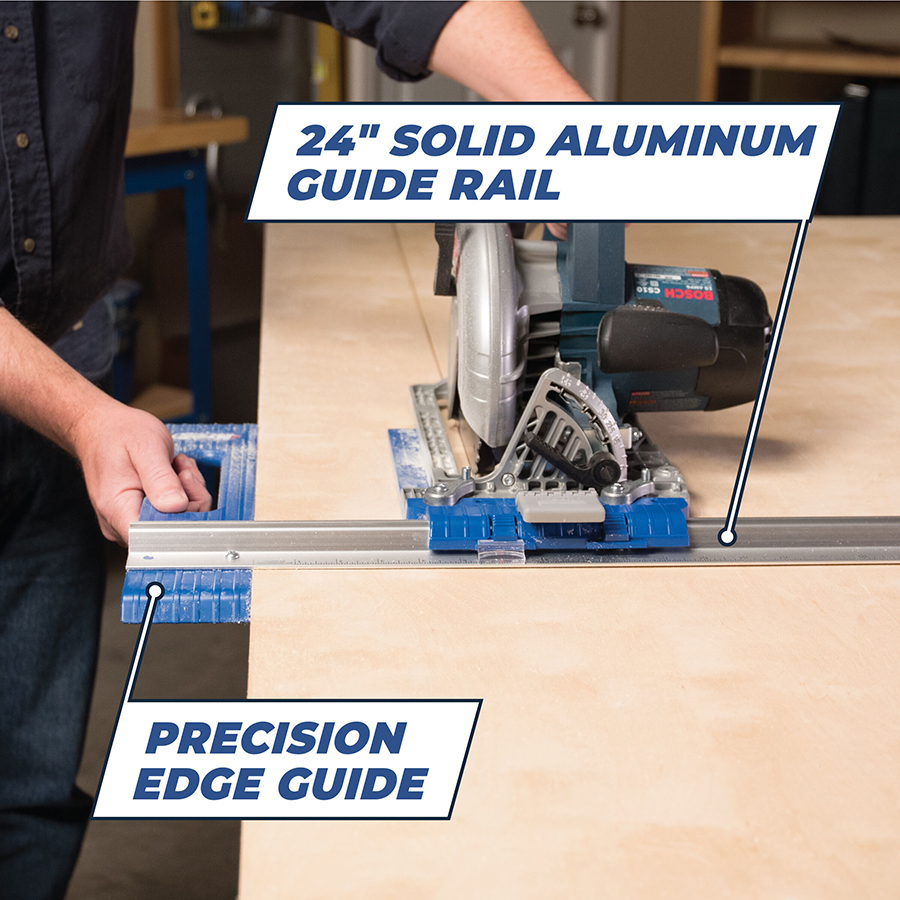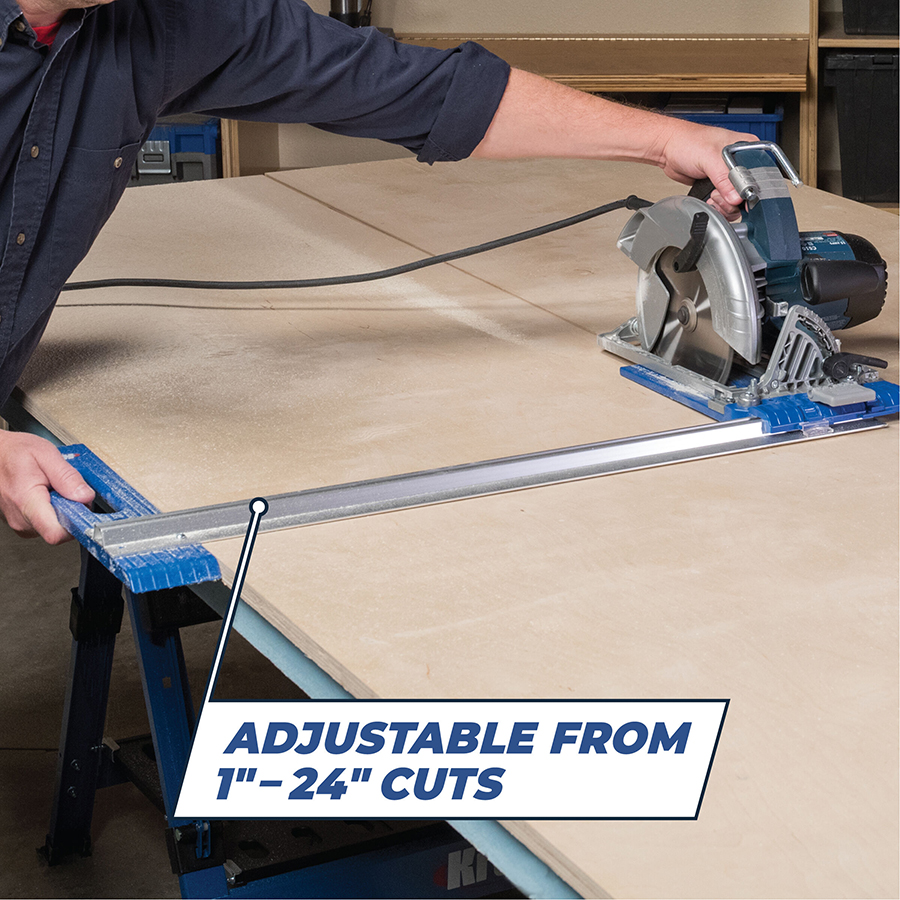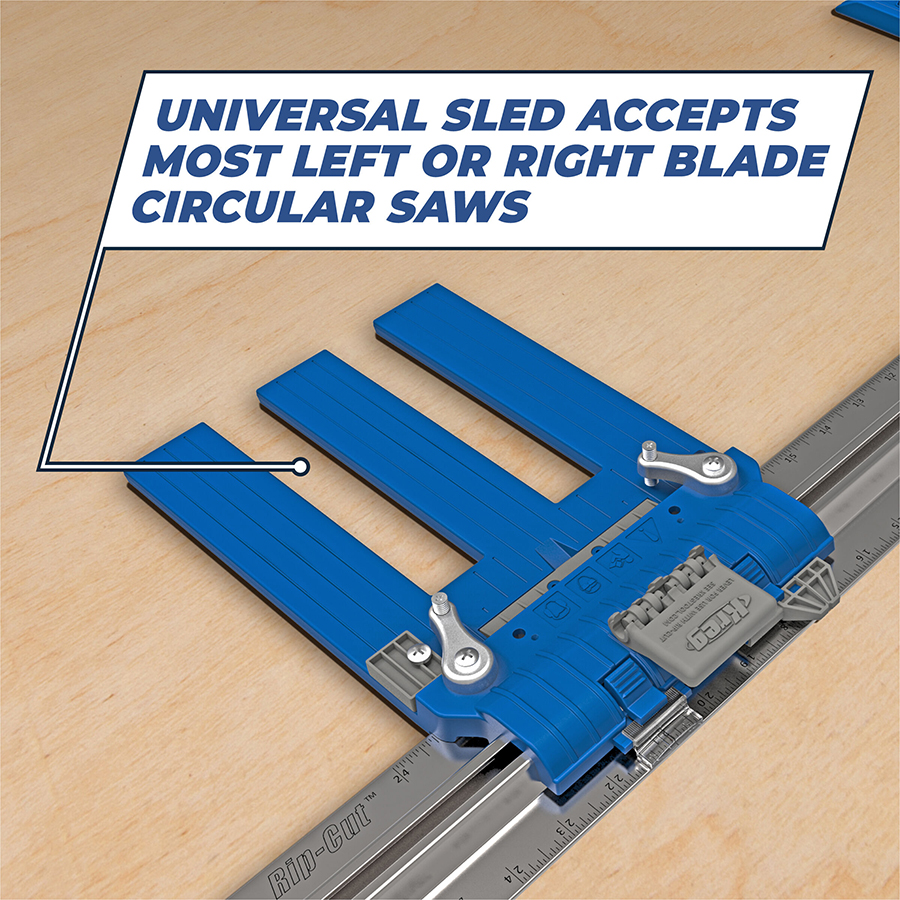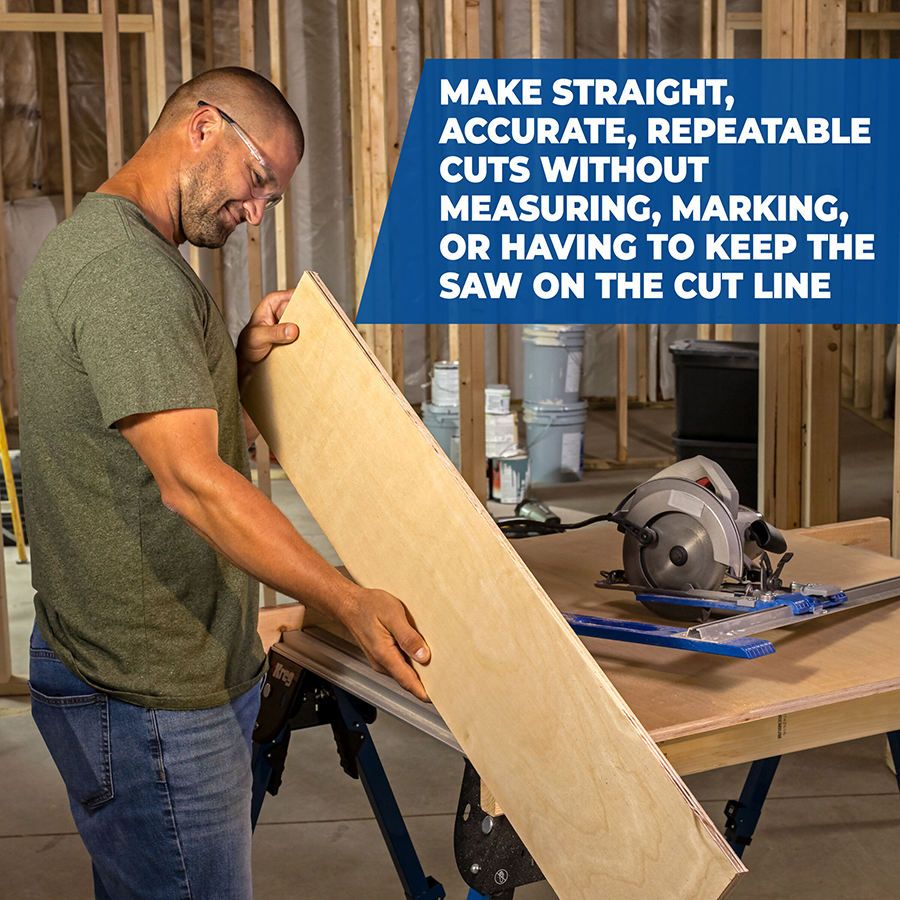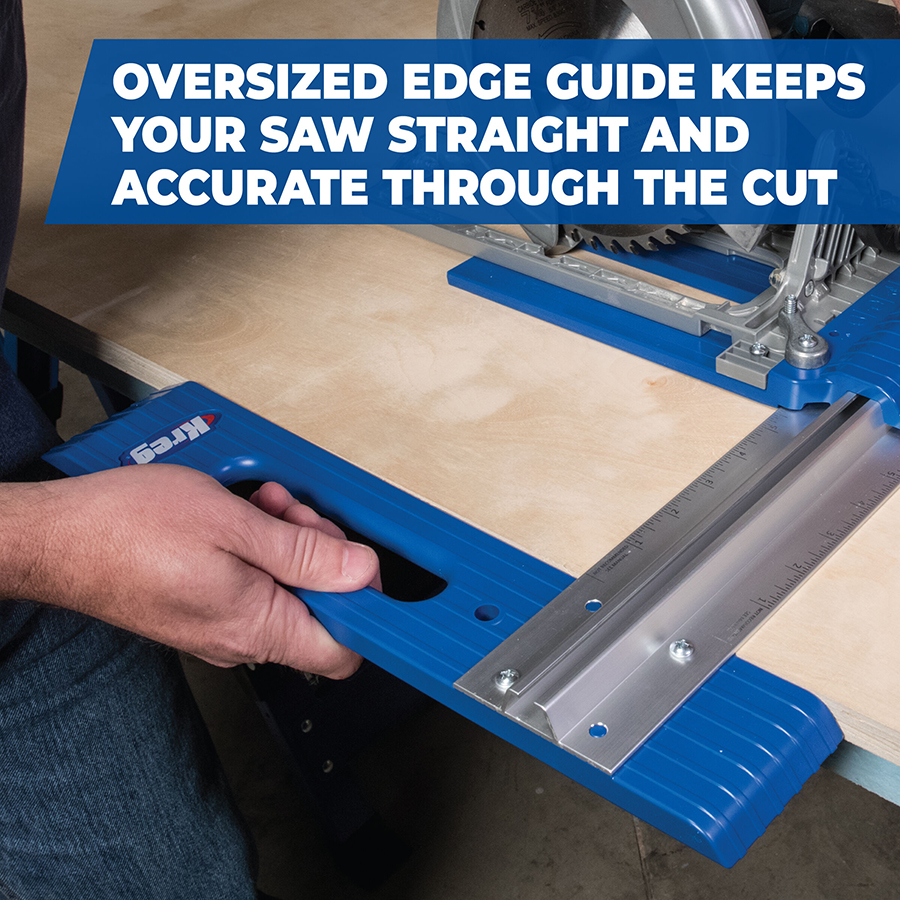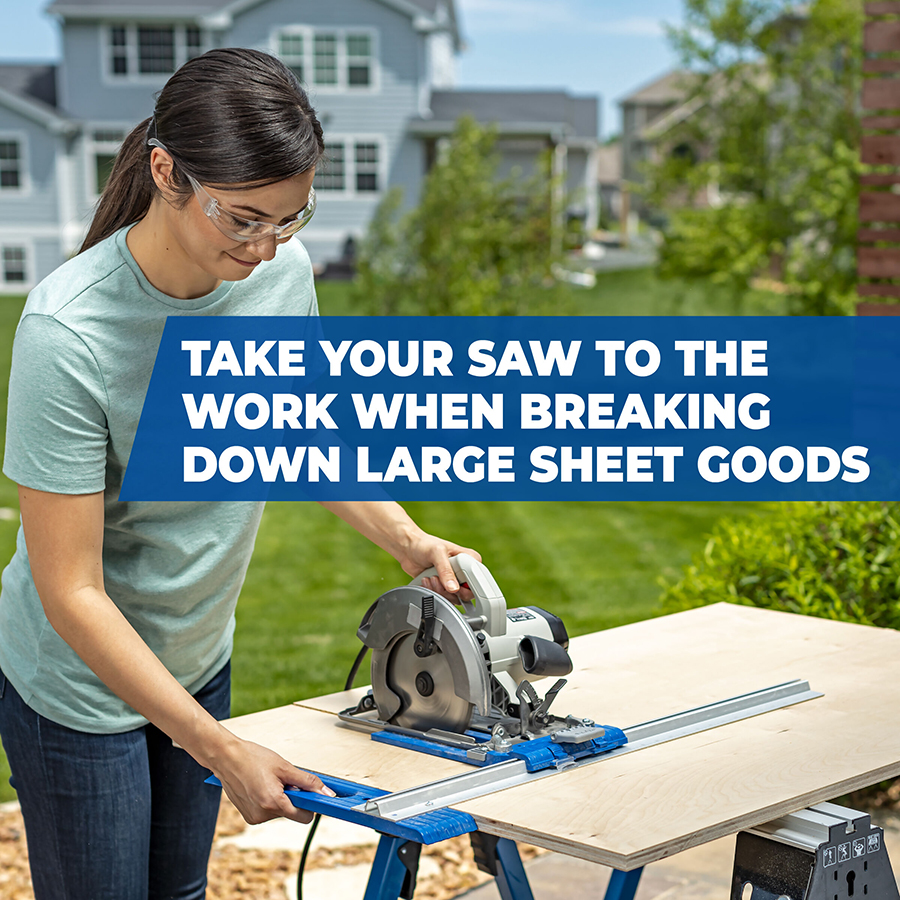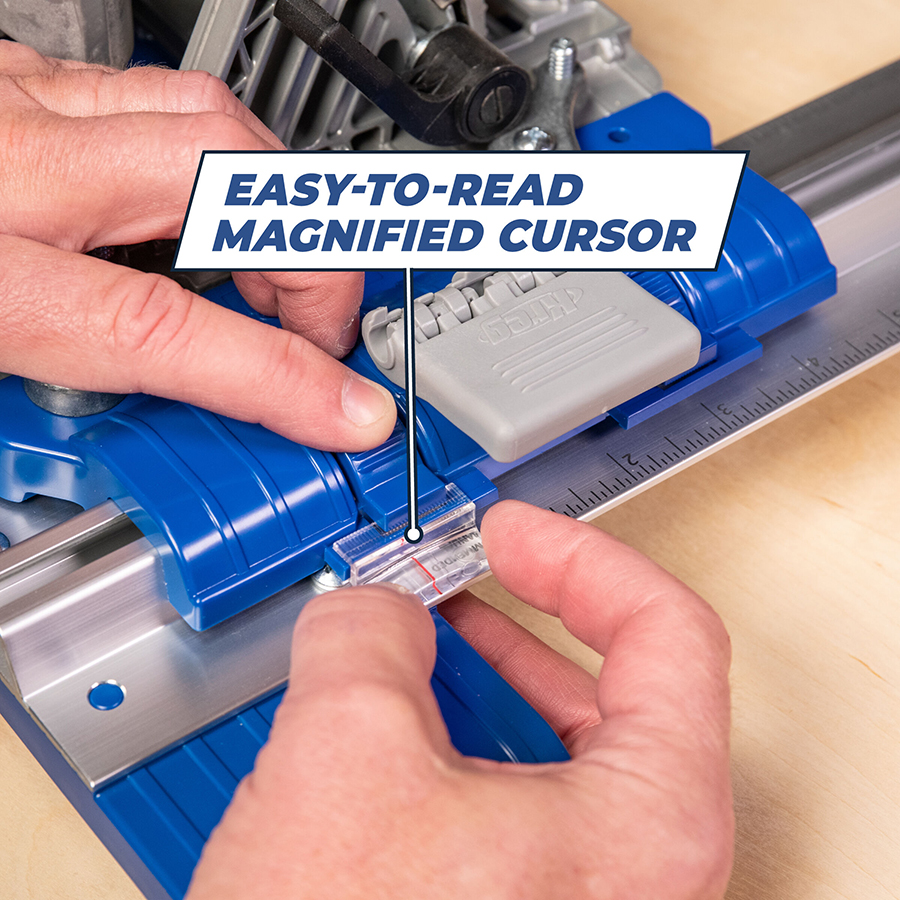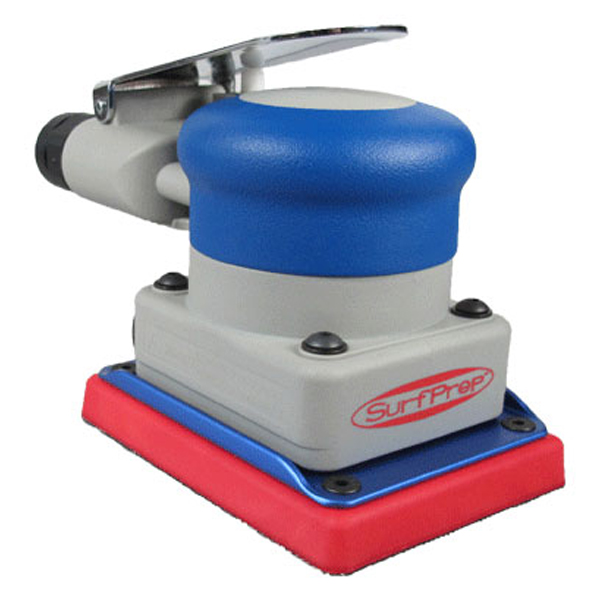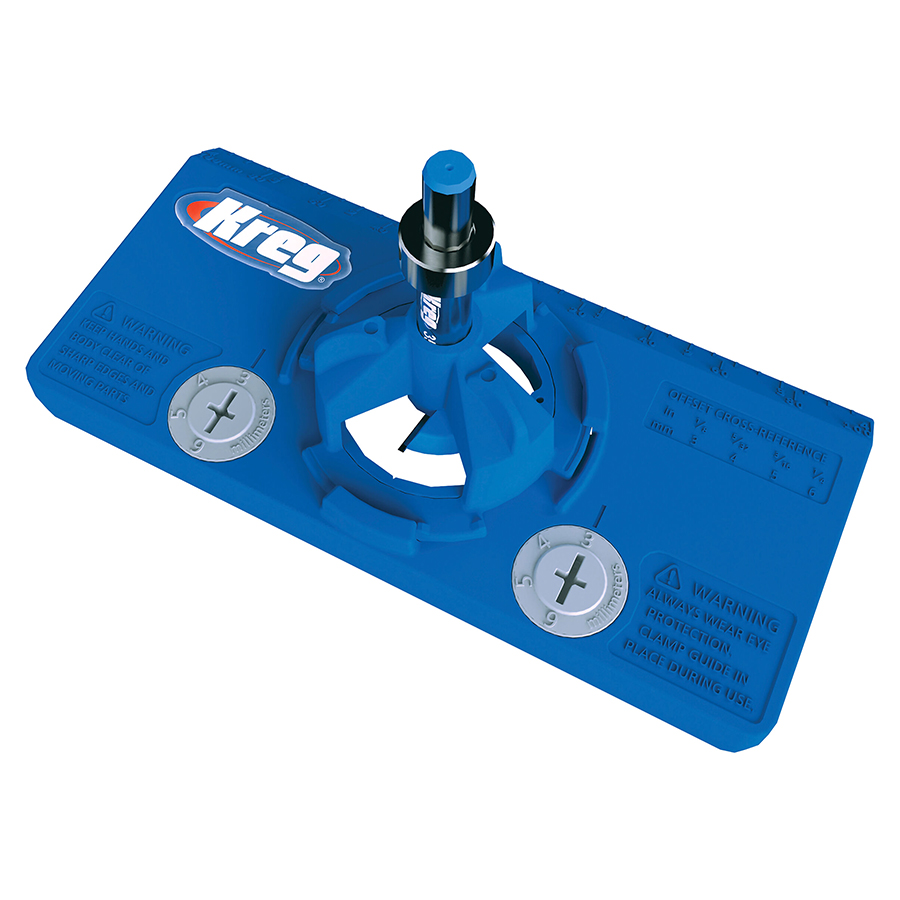Description
Rip Cut Using a Table Saw
The most convenient and accurate way to rip cut a lumber and sheet is by using a table saw with a good quality rip cut blade.
Also make sure the rip fence you’re using is parallel to the rip blade and at a right angle to the table.
Squaring up the fence can be tricky due to the poorly made fences that usually come with some rip cut table saws that you buy.
You might want to strongly consider purchasing a calibrated fence that is more sturdy.
Adjustable & accurate like the Incra LS-Positioner or the Incra WONDERFENCE.
Cutting parallel to or parallel with the grain is another term for the rip cut procedure.
This is accurate for solid wood, however you’ll end up tearing over the surface grain when you shred plywood.
Rip cut may perhaps be best described as the process of cutting stock to width.
Always do a test cut on a scrap piece of material before cutting your stock; this is a recommended practice.
Start by adjusting the rip cut fence so that the width of the work piece is equal to the space between its inner face and the saw blade’s teeth. Instead of depending on the calibration markers on the front of the table.
Use a rule to determine the distance.
Use the locking handle to secure the fence after the blade is in the proper position.
Aim for a maximum blade extension of roughly 1/2 inch above the surface of your workpiece when setting the blade height.
Be careful not to stand precisely behind the blade, but rather to the side of it.

Tips & Tricks
- Long boards- Tip the back edge of the board up so it is slightly higher than the saw table. Doing this will press the leading edge of the board down on the saw table. Lower the back edge of the board as the cut progresses.
- Ripping Sheet goods- Full sheets of particle board, plywood or other sheet goods can be ripped effectively using a table saw if you position a sturdy table on the out-feed side of the saw at, or just below the table surface. Some wooodworkers prefer to cut the sheets down to size using a circular or panel cutting saw first.

